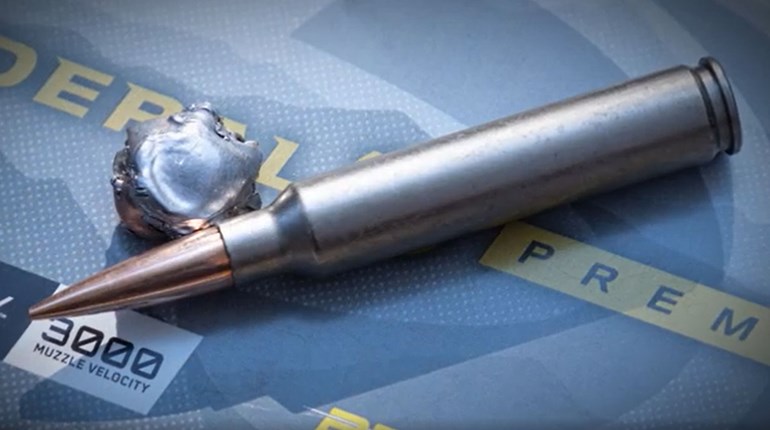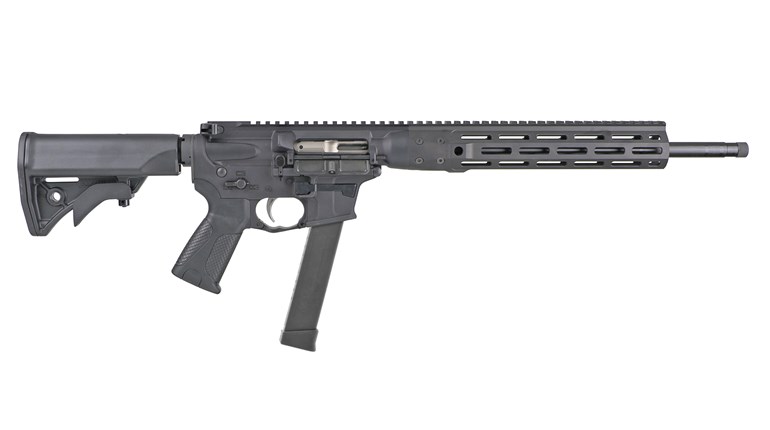
In an “extraordinary” session, the New York State Assembly and Senate passed—and Gov. Kathy Hochul (D) signed into law–a sweeping new list of gun-control laws that seemed designed to nullify the U.S. Supreme Court ruling in NYSRPA v. Bruen, a majority opinion which confirmed that, yes indeed, the Second Amendment’s right to “bear arms” extends outside the home.
New York state essentially said, “we don’t like it, but okay, if the Second Amendment protects the right of people to carry a firearm, they can’t carry one anywhere covered by this new and dauntingly long list of ‘sensitive’ places.”
And, gun owners beware, if you inadvertently walk into a “sensitive area” (meaning a “gun-free zone” only for the law-abiding), you could be facing a felony charge—and if you are convicted, you would be stripped of your right to arms for life.
Even if you don’t live in New York, this is important. This “sensitive-area” discussion and how a state responds to a ruling by the US Supreme Court will become part of a national conversation. Anti-gun lawmakers in other states may look to New York to determine if they should follow Albany’s lead of thumbing its legislative nose at the highest level of the judiciary when determining how to adjust their own laws in the wake of the Bruen ruling.
Within a week of Bruen, New York state responded with a list of off-limits “sensitive” areas that must be the result of a brainstorming session by anti-Second Amendment legislators, undoubtedly with the counsel of anti-gun advocates. In New York state, it is now a felony to carry any firearm in:
(a) any place owned or under the control of federal, state or local government, for the purpose of government administration, including courts;
(b) any location providing health, behavioral health, or chemical dependance care or services;
(c) any place of worship or religious observation;
(d) libraries, public playgrounds, public parks, and zoos;
(e) the location of any program licensed, regulated, certified, funded, or approved by the office of children and family services that provides services to children, youth, or young adults, any legally exempt childcare provider; a childcare program for which a permit to operate such program has been issued by the department of health and mental hygiene pursuant to the health code of the city of New York;
(f) nursery schools, preschools, and summer camps;
(g) the location of any program licensed, regulated, certified, operated, or funded by the office for people with developmental disabilities;
(h) the location of any program licensed, regulated, certified, operated, or funded by office of addiction services and supports;
(i) the location of any program licensed, regulated, certified, operated, or funded by the office of mental health;
(j) the location of any program licensed, regulated, certified, operated, or funded by the office of temporary and disability assistance;
(k) homeless shelters, runaway homeless youth shelters, family shelters, shelters for adults, domestic violence shelters, and emergency shelters, and residential programs for victims of domestic violence;
(l) residential settings licensed, certified, regulated, funded, or operated by the department of health;
(m) in or upon any building or grounds, owned or leased, of any educational institutions, colleges and universities, licensed private career schools, school districts, public schools, private schools licensed under article one hundred one of the education law, charter schools, non-public schools, board of cooperative educational services, special act schools, preschool special education programs, private residential or non-residential schools for the education of students with disabilities, and any state-operated or state-supported schools;
(n) any place, conveyance, or vehicle used for public transportation or public transit, subway cars, train cars, buses, ferries, railroad, omnibus, marine or aviation transportation; or any facility used for or in connection with service in the transportation of passengers, airports, train stations, subway and rail stations, and bus terminals;
(o) any establishment issued a license for on-premise consumption pursuant to article four, four-A, five, or six of the alcoholic beverage control law where alcohol is consumed and any establishment licensed under article four of the cannabis law for on-premise consumption;
(p) any place used for the performance, art entertainment, gaming, or sporting events such as theaters, stadiums, racetracks, museums, amusement parks, performance venues, concerts, exhibits, conference centers, banquet halls, and gaming facilities and video lottery terminal facilities as licensed by the gaming commission;
(q) any location being used as a polling place;
(r) any public sidewalk or other public area restricted from general public access for a limited time or special event that has been issued a permit for such time or event by a governmental entity, or subject to specific, heightened law enforcement protection, or has otherwise had such access restricted by a governmental entity, provided such location is identified as such by clear and conspicuous signage;
(s) any gathering of individuals to collectively express their constitutional rights to protest or assemble;
(t) the area commonly known as Times Square, as such area is determined and identified by the city of New York; provided such area shall be clearly and conspicuously identified with signage.
So, citizens can’t exercise their constitutional right to arms at church, or, ironically, even at a protest of the diminishment of their right to bear arms. The list of prohibited places goes on and on and on.
In the Bruen decision, the Court did say that “because any permitting scheme can be put toward abusive ends, we do not rule out constitutional challenges to shall-issue regimes where, for example, lengthy wait times in processing license applications or exorbitant fees deny ordinary citizens their right to public carry.”
This exhaustive list certainly feels like it constitutes “abusive ends.”
But wait, they didn’t stop there. The law also requires in-person interviews for those seeking pistol permits (that’ll slow down an already slow process in the state), a 16-hour, in-person, live curriculum and two hours of a live-fire range training course. The time and cost factor of this is certainly “abusive.”
Those “applying” for their rights must also provide the licensing officer with four character references and “a list of former and current social media accounts of the applicant from the past three years,” so they can check each person’s character—might some partisan licensing official look for an opportunity to weed out people based on political affiliation?
When asked about this, Tom King, president of the New York State Rifle & Pistol Association (NYSRPA), an NRA-affiliated group, noted, “The Supreme Court ruling said, ‘Put simply, there is no historical basis for New York to effectively declare the island of Manhattan a ‘sensitive place’ simply because it is crowded and protected generally by the New York City Police Department.’ But they necessarily left the details to be worked out in the states. Gov. Hochul and her anti-freedom allies in the state of New York quickly expanded restrictions to everywhere they thought they could get away with. I certainly foresee more court battles and future legislative sessions that’ll give us an opportunity to push back.”
So the fight for freedom goes on, as it enters yet another phase.


































